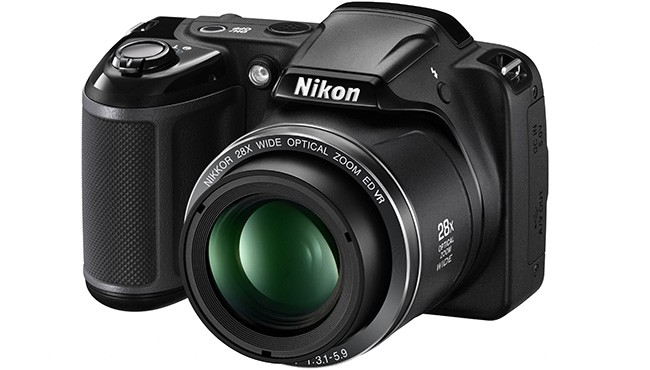

- Sofortbild p610 coolpix mac manual#
- Sofortbild p610 coolpix mac plus#
- Sofortbild p610 coolpix mac free#
Once you have joined the network from your phone, launch Nikon's free Wireless Mobile Utility app and from here you can remotely control the camera or transfer photos across. Simply press a dedicated Wi-Fi button and you will see the name of the camera's network which you need to connect to. Wi-Fi connectivityĬonnecting the camera to your phone or tablet via Wi-Fi is very easy.
Sofortbild p610 coolpix mac plus#
On the plus side, there is a function menu which can be assigned to one of nine different functions, allowing you to quickly change something important, such as ISO. It would have been nice however to see a quick menu which would allow you to quickly access some of the key settings, such as ISO, metering and white balance, without having to enter the menu at all. The main menu is relatively straightforward, and is organised sensibly.

You can also alter the size of the AF point, choosing from spot, normal and wide, which is handy if you're trying to focus on something fine. After this point you simply press the OK button in the centre of the navigational pad and then use the directional keys to the point you want to use. From the main menu you will need to choose AF area mode > Manual. Happily, Nikon has enabled the selection of a particular autofocus point.

To alter exposure compensation, you'll first need to press the right navigation key and then use the scrolling dial to make changes. If you're using aperture priority or shutter priority, you'll only be able to use one of these dials at a time. In order to alter the aperture, you use the scrolling dial on the back of the camera, while a second dial just above the thumb rest controls the shutter speed.
Sofortbild p610 coolpix mac manual#
The Coolpix P610 offers a full set of PASM exposure modes, but it doesn't offer raw files.Īs mentioned earlier, the camera offers full manual control. Helpfully, Nikon has included a space on the dial for a group of custom settings, which is useful if you're often shooting one particular type of scene, such as low light. To quickly switch between the different exposure modes the camera offers, there's a dial on top of the camera. Although it's not as large as something you might find on a CSC, it's quite a step forward from the tiny, low resolution finders of old. Viewfinder technology has improved significantly in the past few years, and the device found here on the P610 is reasonable to use, offering a clear view of the scene. This makes the transition between using the two much more natural and less frustrating than on previous models where you had to press a button every time you wanted to switch between the two. Happily, Nikon has chosen to include a sensor on the viewfinder which will detect when the camera has been lifted to the eye and therefore switching it on, and the screen off. On the back of the camera you'll find the articulating screen and the viewfinder. Once you let go of the button, the previous zoom length will be reinstated. Just next to the latter switch is a button, which if you hold it down will zoom out of the scene slightly, handily allowing you to re-find an errant subject. You can use either the zoom switch around the shutter release button or another switch on the side of the lens to adjust focal length.

There's an indent on the grip for your middle finger, while your forefinger rests atop the shutter release button on the top of the camera. There's quite a large grip, which is coated with a rubberised texture, making it feel comfortable and secure in the hand. The P610 has a zoom lever around the shutter release but there's another zoom switch on the side of the lens itself.


 0 kommentar(er)
0 kommentar(er)
